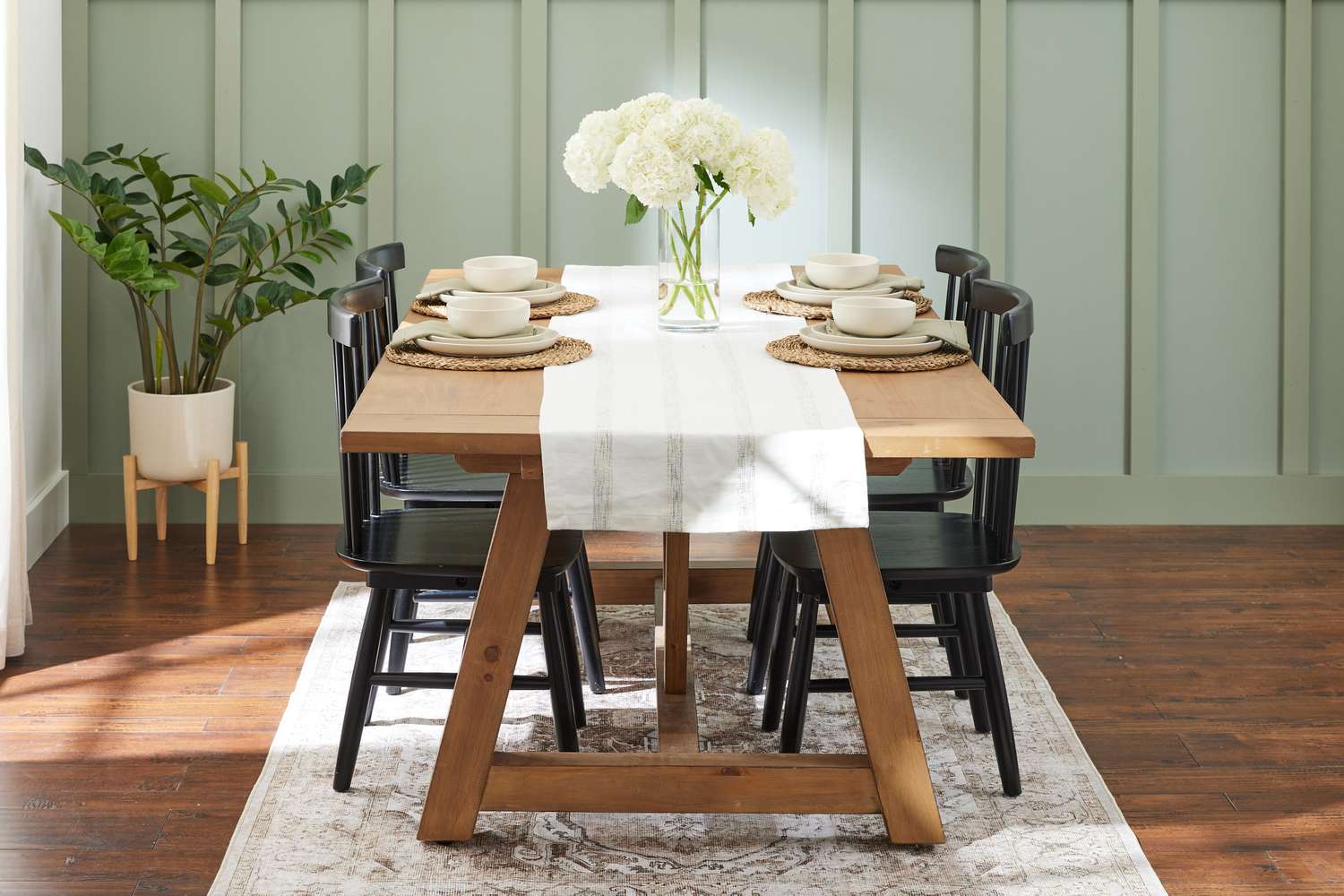

Tableware
What Dining Table Should I Get?
Modified: January 21, 2024
Discover the perfect dining table for your home with our comprehensive guide. Explore a wide selection of stylish and durable tableware options to elevate your dining experience
(Many of the links in this article redirect to a specific reviewed product. Your purchase of these products through affiliate links helps to generate commission for Storables.com, at no extra cost. Learn more)
Introduction
Choosing the perfect dining table for your home can be an exciting yet daunting task. It is not just a piece of furniture; it is the centerpiece of your dining area, where family and friends gather to share meals and create lasting memories. The right dining table can enhance the aesthetics of your space while providing functionality and comfort.
With the plethora of options available in the market, it is important to consider various factors before making a decision. From size and shape to materials and finishes, each element plays a significant role in determining the overall look and feel of your dining area.
In this article, we will explore the key factors to consider when choosing a dining table that suits your style, needs, and budget. Whether you have a small apartment or a spacious dining room, there is a perfect table out there waiting for you.
Key Takeaways:
- Choose a dining table that fits your space and lifestyle, considering factors like size, shape, materials, and budget to create a functional and aesthetically pleasing dining area.
- Match your dining table with your existing decor to create a cohesive and visually appealing space that reflects your personal style and enhances the overall atmosphere of your home.
Read more: What Shape Coffee Table Should I Get
Factors to Consider When Choosing a Dining Table
Choosing the right dining table involves considering several important factors that will ensure you make a choice that fits your needs and preferences. Here are some key factors to keep in mind:
- Size: The size of your dining table will depend on the available space in your dining area and the number of people you plan to accommodate. Consider how many seats you need and ensure that there is enough room for everyone to sit comfortably.
- Shape: Dining tables come in various shapes, including rectangular, round, square, and oval. Each shape has its own advantages and can create a different atmosphere in your dining area. Consider the shape that best suits your space and aesthetic preferences.
- Materials: The material of the dining table not only affects its visual appeal but also its durability and maintenance. Common materials used for dining tables include wood, glass, metal, and marble. Choose a material that suits your lifestyle and complements the overall style of your home.
- Finishes: The finish of the dining table contributes to its overall look and feel. From a smooth polished surface to a distressed or rustic finish, there are numerous options to choose from. Consider the finishes that align with your personal taste and existing decor.
- Styles and Designs: Dining tables are available in a wide range of styles and designs, from traditional to contemporary and everything in between. Consider the overall aesthetic of your home and choose a style that harmonizes with your existing decor.
- Budget: Determine your budget before starting your search for a dining table. Consider the quality, materials, and features that are important to you and allocate your budget accordingly. Remember, investing in a higher-quality dining table can result in a longer lifespan and a more enjoyable dining experience.
- Maintenance and Durability: Consider the level of maintenance and durability required for your chosen dining table. Some materials may require regular upkeep, while others are more resistant to wear and tear. Think about your lifestyle and the amount of time and effort you are willing to dedicate to maintaining your dining table.
- Considering your Lifestyle and Needs: Think about how you will be using the dining table. If you have a busy household or frequently entertain guests, you may want to opt for a table that is sturdy and easy to clean. If you have children, consider a table with rounded edges for safety.
- Matching with Existing Decor: Take into account the overall decor and style of your home when selecting a dining table. Choose a table that complements the color scheme, textures, and materials of your existing furniture and decor to create a cohesive and visually appealing space.
When considering these factors, you can make an informed decision and choose a dining table that not only meets your functional needs but also enhances the aesthetics of your dining area. Set your table with care and thoughtfulness, remembering to take your time, explore different options, and select a table that you will enjoy for years to come.
Size and Shape Options
Choosing the right size and shape for your dining table is crucial as it determines how well it fits into your space and accommodates your needs. Here are some size and shape options to consider:
Rectangular: Rectangular dining tables are the most common and versatile option. They can comfortably accommodate more people and are suitable for larger dining areas. Rectangular tables are great for hosting dinner parties or family gatherings.
Round: Round dining tables create a more intimate and social atmosphere. They are ideal for smaller dining areas or breakfast nooks. Round tables are also a great choice if you have young children, as there are no sharp corners to worry about.
Square: Square dining tables can either be small and intimate or large and spacious, depending on the size of your dining area. They offer a balanced and symmetrical look and are a perfect fit for square-shaped rooms or small dining areas.
Oval: Oval dining tables combine the benefits of round and rectangular tables. They provide a more organic and flowing shape while still offering ample seating space. Oval tables are great for maximizing seating capacity in a narrower dining area.
When considering the size of your dining table, keep in mind the space available for both the table and chairs. Allow for enough room to comfortably move around and pull out chairs without feeling cramped. It is recommended to leave at least 36 inches of space between the table and the walls or other furniture.
In terms of seating capacity, a general guideline is to allow 24 inches of width per person. For rectangular tables, you can typically fit one person at each end and one along each side. Round and square tables have a more equal distribution of seating.
Materials and Finishes
The choice of materials and finishes for your dining table not only impacts its visual appeal but also its durability and maintenance requirements. Here are some common materials and finishes to consider:
Wood: Wood is a popular choice for dining tables due to its natural beauty and versatility. Hardwoods like oak, maple, and walnut are known for their durability, while softer woods like pine can provide a more rustic charm. Wood tables can be finished with stains or paints to achieve the desired look.
Glass: Glass dining tables offer a sleek and modern aesthetic. They can create an illusion of more space, making them a suitable choice for smaller dining areas. Glass tables are durable and easy to clean, but they can be prone to scratches and fingerprints.
Metal: Metal dining tables, typically made from steel or aluminum, are known for their strength and durability. They can add an industrial or contemporary touch to your dining space. Metal tables are easy to clean and resistant to stains, but they may be susceptible to scratches and dents.
Marble: Marble dining tables exude elegance and sophistication. They are highly durable and have a unique natural pattern that adds a luxurious touch. However, marble tables require regular maintenance to prevent staining and must be handled with care to avoid scratching or chipping.
Laminate/Composite: Laminate or composite dining tables offer a cost-effective option while still providing a wide range of styles and finishes. They are easy to clean and resistant to stains, scratches, and heat. Laminate tables can mimic the appearance of natural wood or other materials.
When choosing the material for your dining table, consider your lifestyle and the level of maintenance you are comfortable with. Some materials may require periodic upkeep, such as polishing wood or cleaning glass, while others are more forgiving and low-maintenance.
Additionally, think about the desired finish for your table. Whether you prefer a glossy, matte, distressed, or natural look, the finish can greatly impact the overall style and feel of your dining area. Be sure to choose a finish that complements the existing decor in your home.
By carefully selecting the materials and finishes for your dining table, you can create a visually appealing and durable centerpiece for your dining area that reflects your personal style.
Styles and Designs
Choosing the right style and design for your dining table is essential in creating a cohesive and visually pleasing dining area. Here are some popular styles and designs to consider:
Traditional: Traditional dining tables are classic and timeless. They often feature intricate detailing, such as carved legs or ornate accents. Traditional tables are characterized by their elegance and sophistication, making them a great choice for formal dining rooms or homes with a more traditional aesthetic.
Modern/Contemporary: Modern or contemporary dining tables are known for their clean lines and sleek designs. They often feature minimalist or geometric shapes and can be made from materials like glass, metal, or wood. Modern tables are suitable for those looking to create a chic and contemporary dining space.
Rustic/Farmhouse: Rustic or farmhouse dining tables have a warm and inviting feel. They often showcase natural wood grain and may feature distressed finishes or reclaimed wood. Rustic tables are perfect for creating a cozy and welcoming atmosphere in your dining area.
Industrial: Industrial dining tables have a raw and utilitarian look. They often incorporate elements like exposed metal, reclaimed wood, and clean lines. Industrial tables can add a unique and edgy touch to your dining space, and they are popular in modern loft-style homes.
Mid-Century Modern: Mid-century modern dining tables pay homage to the design trends of the mid-20th century. They typically feature clean lines, organic shapes, and tapered legs. Mid-century modern tables offer a retro charm and can complement a variety of interior styles.
Transitional: Transitional dining tables blend elements of both traditional and contemporary designs. They offer a versatile and timeless style that can adapt to various aesthetics. Transitional tables often feature simple lines and neutral finishes, making them suitable for most homes.
When selecting the style and design of your dining table, consider the overall decor of your home and the atmosphere you want to create. A cohesive and harmonious look can be achieved by choosing a table that complements your existing furniture and decor.
Additionally, consider the functionality of the table. Some dining tables may have built-in extensions or storage options, allowing for flexibility and maximizing space utilization. Think about your specific needs and how the design of the table can best accommodate them.
By choosing a dining table style and design that resonates with your personal taste and complements your home’s aesthetic, you can create a dining area that truly reflects your unique sense of style.
Consider the size of your dining area and how many people you typically host. A table with extendable leaves can be a versatile option for both everyday use and larger gatherings.
Read more: What Color Should My Dining Table Be
Budget Considerations
When choosing a dining table, it is important to establish a budget that suits your financial constraints. Here are some budget considerations to keep in mind:
Set a realistic budget: Determine the maximum amount you are willing to spend on a dining table. Consider factors such as the quality of materials, size, and design when setting your budget. It is important to strike a balance between quality and affordability.
Consider long-term investment: Keep in mind that a dining table is a long-term investment. While it may be tempting to opt for a lower-priced table, it is important to consider its durability and lifespan. Investing in a higher-quality table may save you money in the long run, as it is likely to last longer and require fewer repairs or replacements.
Compare prices: Research different retailers and compare prices to ensure you are getting the best deal. Look out for sales or discounts, especially during holiday seasons. Online shopping platforms and local furniture stores often offer competitive prices and promotions, allowing you to find a dining table that fits your budget.
Consider alternative options: If your budget is limited, consider alternative options such as purchasing a second-hand dining table or exploring DIY projects to refurbish an existing table. Thrift stores, online marketplaces, and garage sales can often yield hidden gems at a fraction of the cost of new furniture.
Focus on essentials: Prioritize the essential aspects of a dining table that are most important to you. If you are on a tight budget, consider compromising on certain features or materials while ensuring that the table meets your basic needs in terms of size, stability, and functionality.
Avoid unnecessary extras: Be mindful of additional features or accessories that may increase the cost of the dining table. Opt for a simple design without unnecessary embellishments or add-ons that may not add significant value to your dining experience.
Consider financing options: If your budget allows, consider financing options offered by retailers, which allow you to pay for the dining table in installments. This can help spread out the cost over a longer period and make it more manageable.
Remember, while budget is an important consideration, it is also important to choose a dining table that meets your needs and fits your personal style. By weighing your budget considerations with other factors such as quality, durability, and design, you can find a dining table that strikes the perfect balance between affordability and functionality.
Maintenance and Durability
Maintenance and durability are key factors to consider when choosing a dining table. Here are some important points to keep in mind:
Materials and finishes: Different materials and finishes require varying levels of maintenance. For example, wood tables may need periodic polishing or resealing, while glass tables are easier to clean but may be prone to scratches. Consider how much time and effort you are willing to invest in maintaining your dining table.
Resistance to wear and tear: Look for a dining table that is resistant to everyday wear and tear. Consider how well it will hold up to spills, scratches, heat, and other potential hazards. Ensure that the materials used are durable and can withstand the demands of daily use.
Stain resistance: If you anticipate spills or have children, consider a dining table that is resistant to stains. Some tables come with stain-resistant coatings or finishes, making them easier to clean and maintaining their appearance over time.
Ease of cleaning: Consider how easy it will be to clean your dining table. Tables with a smooth and sealed surface are generally easier to wipe clean, while tables with textured or intricate designs may require more effort to get into all the nooks and crannies.
Stability and sturdiness: Ensure that your dining table is stable and sturdy. Test it for wobbling or any signs of instability. A well-constructed table will last longer and offer a more enjoyable dining experience.
Resilience to moisture and heat: If you plan on using your dining table for hot dishes or placing wet glasses on it, consider a table that is moisture and heat resistant. Certain materials like glass or metal may be more resistant to heat, while wood tables may require the use of coasters or trivets.
Instructions for care: Follow the manufacturer’s instructions for proper care and maintenance. This may include guidelines for cleaning, polishing, or treating the table. Adhering to these instructions will help prolong the lifespan of your dining table.
Consider the warranty: Check if the dining table comes with a warranty, as this can provide assurance of its durability. A warranty can cover manufacturing defects or other issues that may arise over time.
By considering the maintenance and durability of your dining table, you can choose one that not only suits your style and budget but also withstands the test of time and continues to look great for years to come.
Considering your Lifestyle and Needs
When choosing a dining table, it is important to consider your lifestyle and specific needs. Here are some factors to keep in mind:
Family size and guests: Consider the size of your family and the number of guests you typically entertain. Choose a dining table that can comfortably accommodate everyone. Extending tables can be a great option for hosting larger gatherings.
Children and pets: If you have young children or pets, durability and stain resistance become essential. Look for a table that is easy to clean and can withstand the inevitable spills and messes that come with family life.
Entertainment style: Think about how you like to entertain. Do you host formal dinner parties or prefer casual gatherings? Consider a table that suits your entertaining style, whether it is a large rectangular table for formal seating or a more relaxed communal-style table for casual get-togethers.
Space availability: Measure your dining area to ensure the table you choose fits comfortably without overcrowding the room. Consider the flow of traffic around the table and allow enough space for chairs to be pulled out for seating.
Accessibility and mobility: If you or your family members have mobility concerns, consider a table that provides easy access. Round or oval tables with a center pedestal base can offer more legroom, while tables with removable leaves allow for adaptable seating.
Storage needs: If you need additional storage in your dining area, consider a table with built-in storage, such as drawers or shelves. This can be helpful for storing table linens, dinnerware, or other dining essentials.
Multi-purpose functionality: If you have limited space, consider a dining table that serves multiple purposes. Look for options with foldable or extendable features that can be used as a dining table and also function as a workspace or a serving area for parties.
Outdoor or indoor use: If you plan to have an outdoor dining area, ensure that the table is weather-resistant and made from materials suitable for outdoor use. Look for tables with UV-protected finishes to prevent fading from sun exposure.
Consider your lifestyle and needs to select a dining table that aligns with your daily routines and enhances your daily experiences. By choosing a table that fits your lifestyle, you can create a dining area that seamlessly integrates into your day-to-day activities.
Matching with Existing Decor
When choosing a dining table, it is essential to consider how well it will match with your existing decor. Here are some key points to keep in mind:
Color scheme: Consider the color palette of your dining area and choose a table that complements it. If you have neutral or earthy tones, a wooden table in a similar shade can create a harmonious look. For a more vibrant and eclectic space, consider a table with a pop of color or a unique finish.
Style and theme: Match the style of your dining table with the overall theme and style of your home. If you have a modern decor, opt for a table with clean lines and sleek finishes. For a more traditional setting, consider a table with ornate details or a classic design.
Material and texture: Consider the textures and materials used in your existing decor. If you have a lot of natural elements like wood or stone, a wooden or marble dining table can complement the aesthetic. If your decor features sleek and smooth surfaces, a glass or metal table can provide a striking contrast.
Furniture coordination: Ensure that your dining table coordinates with other furniture pieces in the room. Consider the finishes, shapes, and materials of your chairs, sideboards, and other furniture items. Aim for a cohesive and unified look throughout your dining area.
Scale and proportion: Pay attention to the scale and proportion of your dining table in relation to the rest of the room. A small table in a large dining area may appear too insignificant, while an oversized table in a small space can overwhelm the room. Find the right balance to create a visually pleasing arrangement.
Lighting fixtures: Take into account any lighting fixtures or chandeliers above your dining table. Consider the style and size of the fixtures and choose a table that complements their design. Ensure that the table allows enough space for comfortable seating without obstructing the view of the lighting.
Personal taste and expression: Ultimately, select a dining table that resonates with your personal taste and allows for self-expression. Don’t be afraid to mix and match styles or experiment with unique combinations. Your dining area should reflect your personality and create a space where you feel comfortable and inspired.
By carefully considering the existing decor in your home, you can choose a dining table that seamlessly integrates into the overall aesthetic and enhances the visual appeal of your dining area.
Read more: What Size Rug To Get For Dining Room?
Conclusion
Choosing the perfect dining table for your home requires careful consideration of various factors such as size, shape, materials, styles, and budget. By taking the time to evaluate these factors, you can find a dining table that not only meets your functional needs but also enhances the aesthetics of your dining area.
Size and shape options allow you to select a table that fits the available space and accommodates the number of seats you require. Materials and finishes play a crucial role in determining the look, durability, and maintenance requirements of the table. From classic wood to sleek glass or durable metal, there are numerous options to choose from.
The style and design of your dining table should align with your personal taste and complement your existing decor. Whether you prefer a traditional, modern, rustic, or transitional style, selecting a table that suits your aesthetic preferences will help create a cohesive and visually pleasing dining area.
Considering your lifestyle and needs is vital to ensure that the dining table you choose can withstand the demands of your household. Whether you have children, pets, or specific entertainment styles, selecting a table that matches your everyday routines will enhance your dining experience.
Matching your dining table with your existing decor is important for creating a cohesive and aesthetically pleasing space. By considering color schemes, styles, materials, and furniture coordination, you can create a harmonious and visually appealing dining area that complements the rest of your home.
Finally, keeping your budget in mind is crucial. Establish a realistic budget and prioritize the essential features and qualities that you value the most. Remember, investing in a higher-quality dining table can lead to long-term satisfaction and durability.
In conclusion, choosing the perfect dining table requires careful consideration of size, shape, materials, styles, budget, and personal needs. By evaluating these factors and making an informed decision, you can find a dining table that becomes the centerpiece of your dining area and brings joy and functionality to your home for years to come.
Frequently Asked Questions about What Dining Table Should I Get?
Was this page helpful?
At Storables.com, we guarantee accurate and reliable information. Our content, validated by Expert Board Contributors, is crafted following stringent Editorial Policies. We're committed to providing you with well-researched, expert-backed insights for all your informational needs.
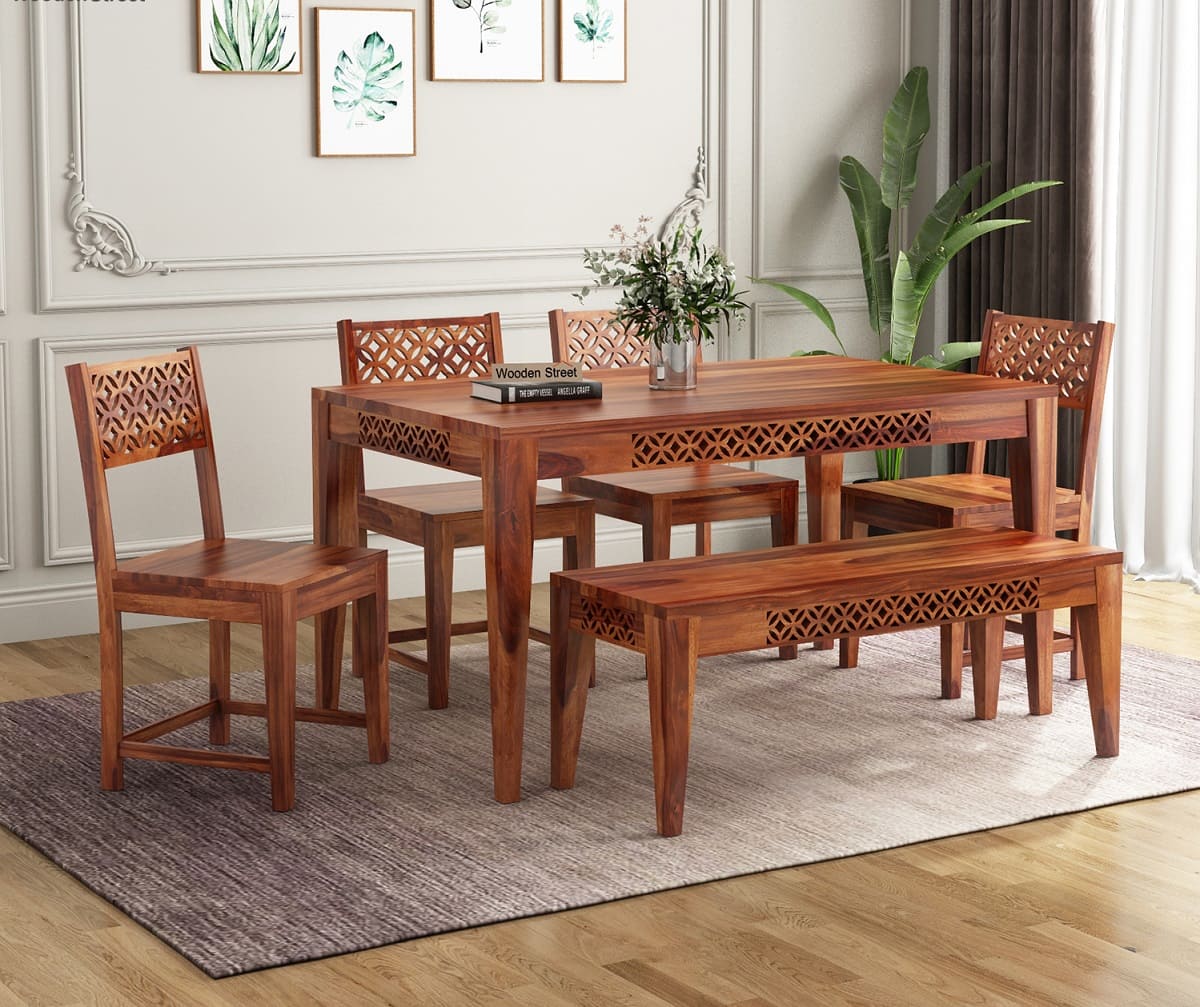
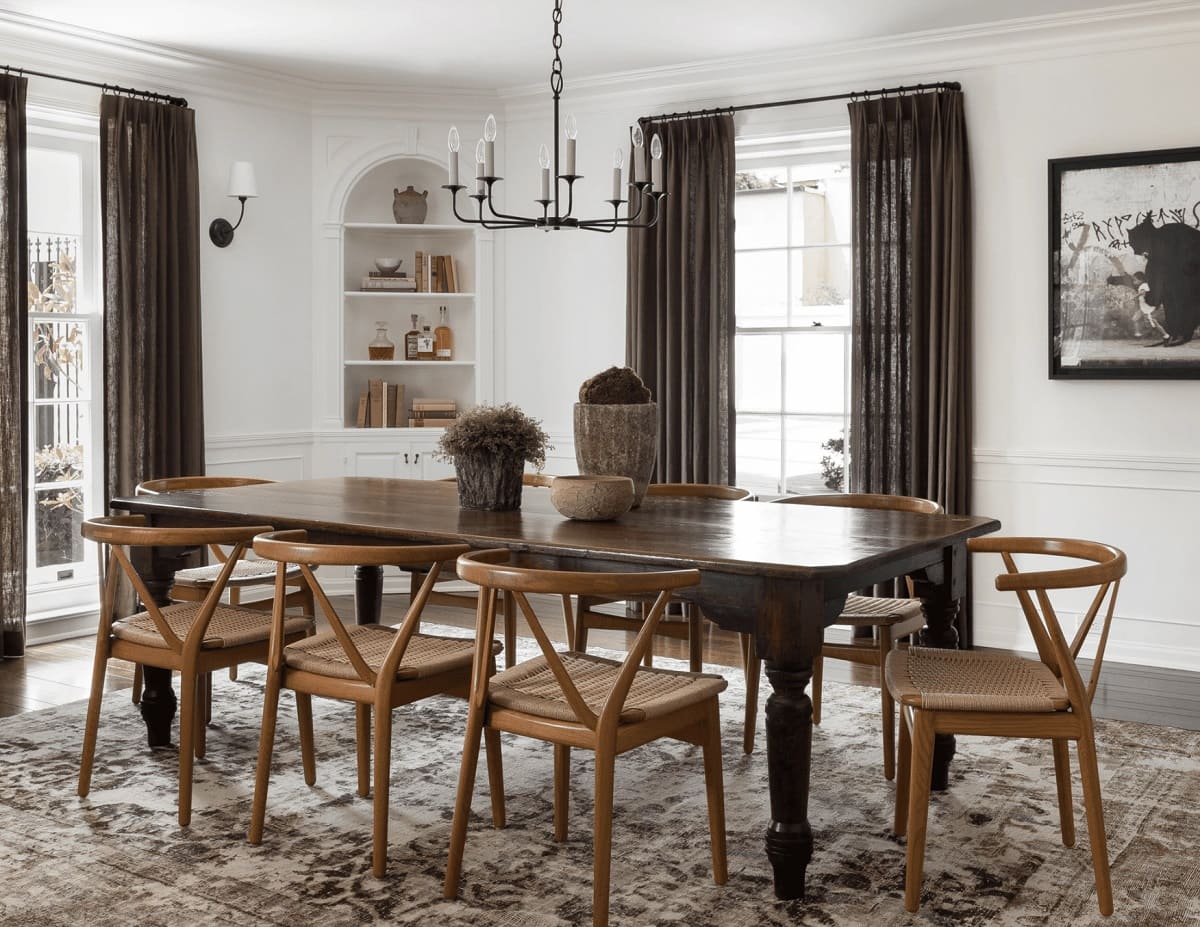
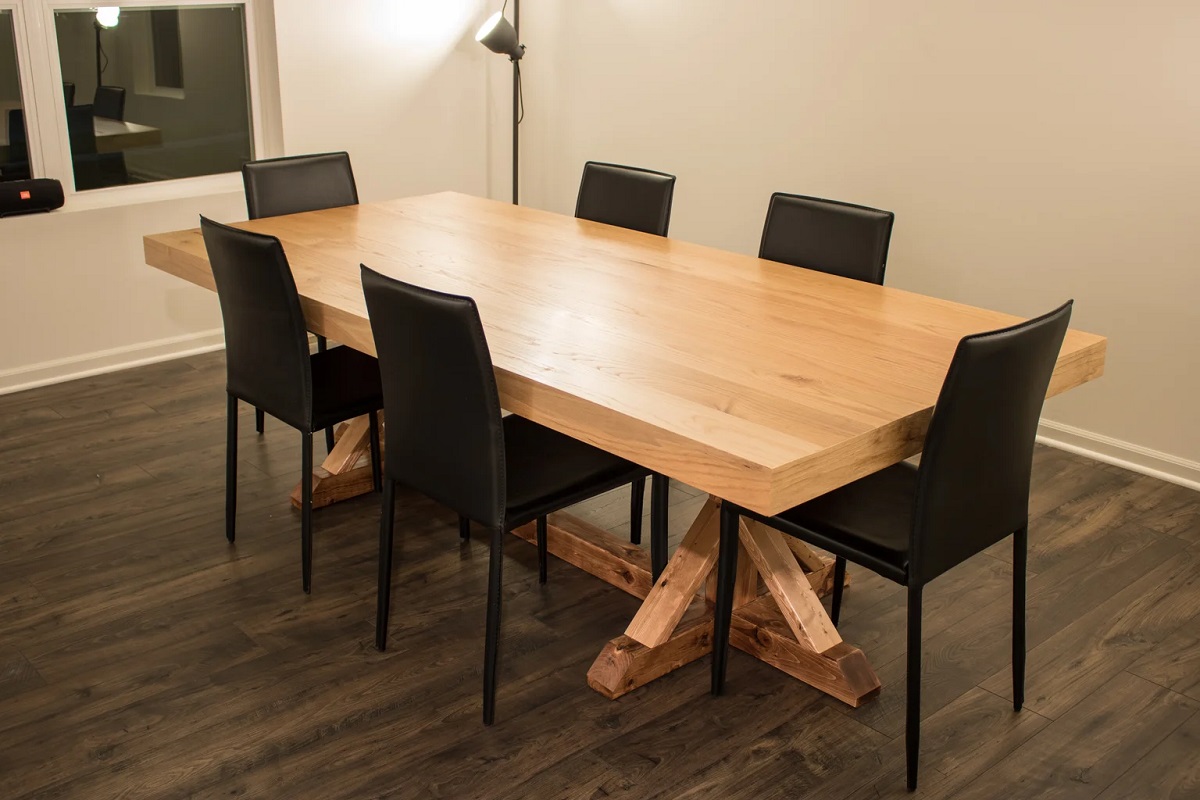
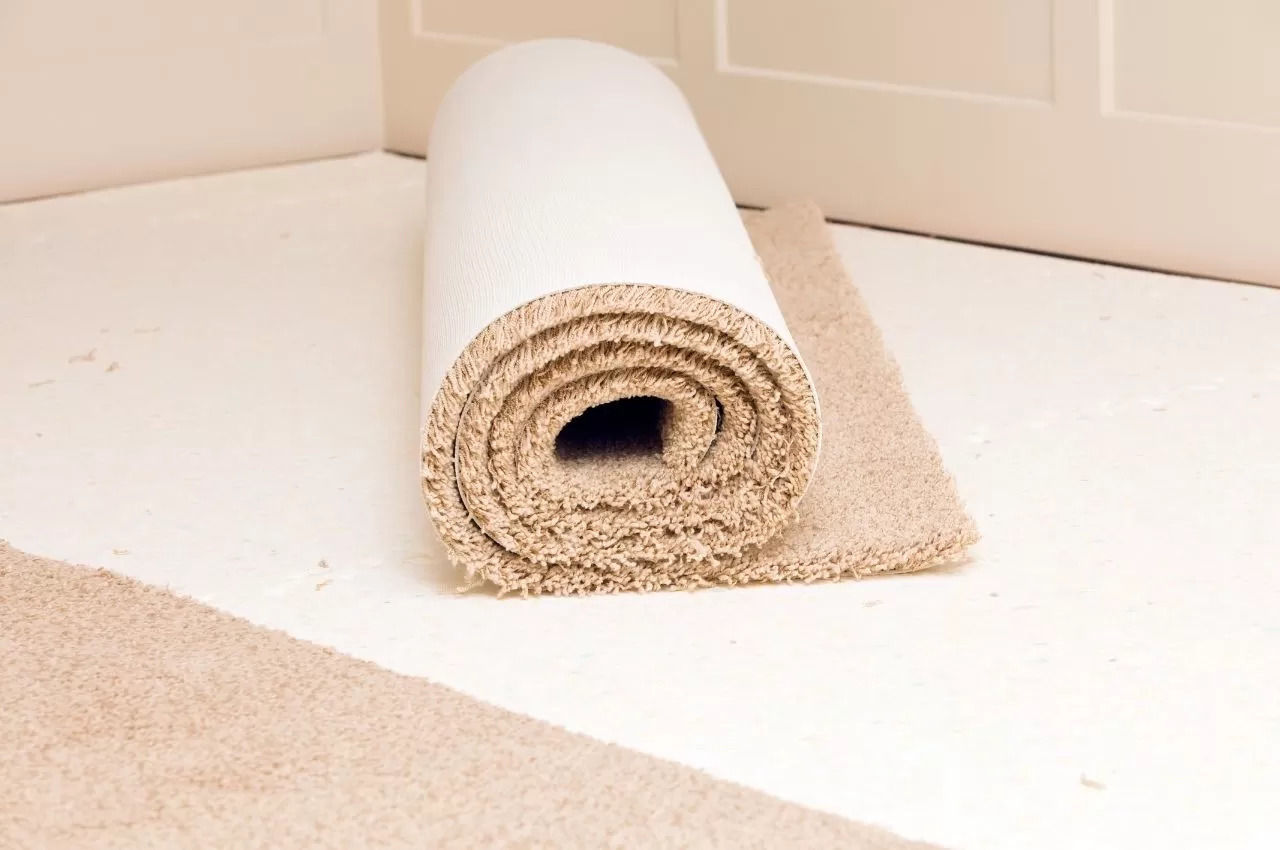
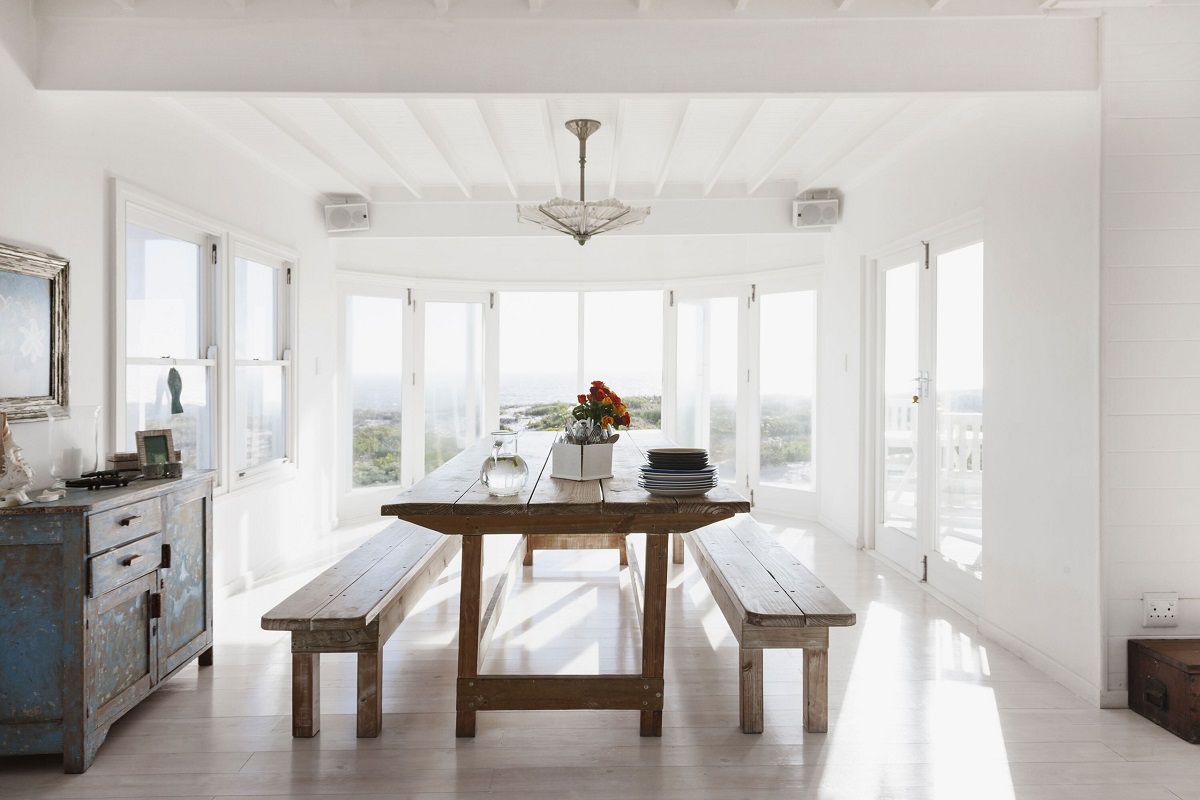
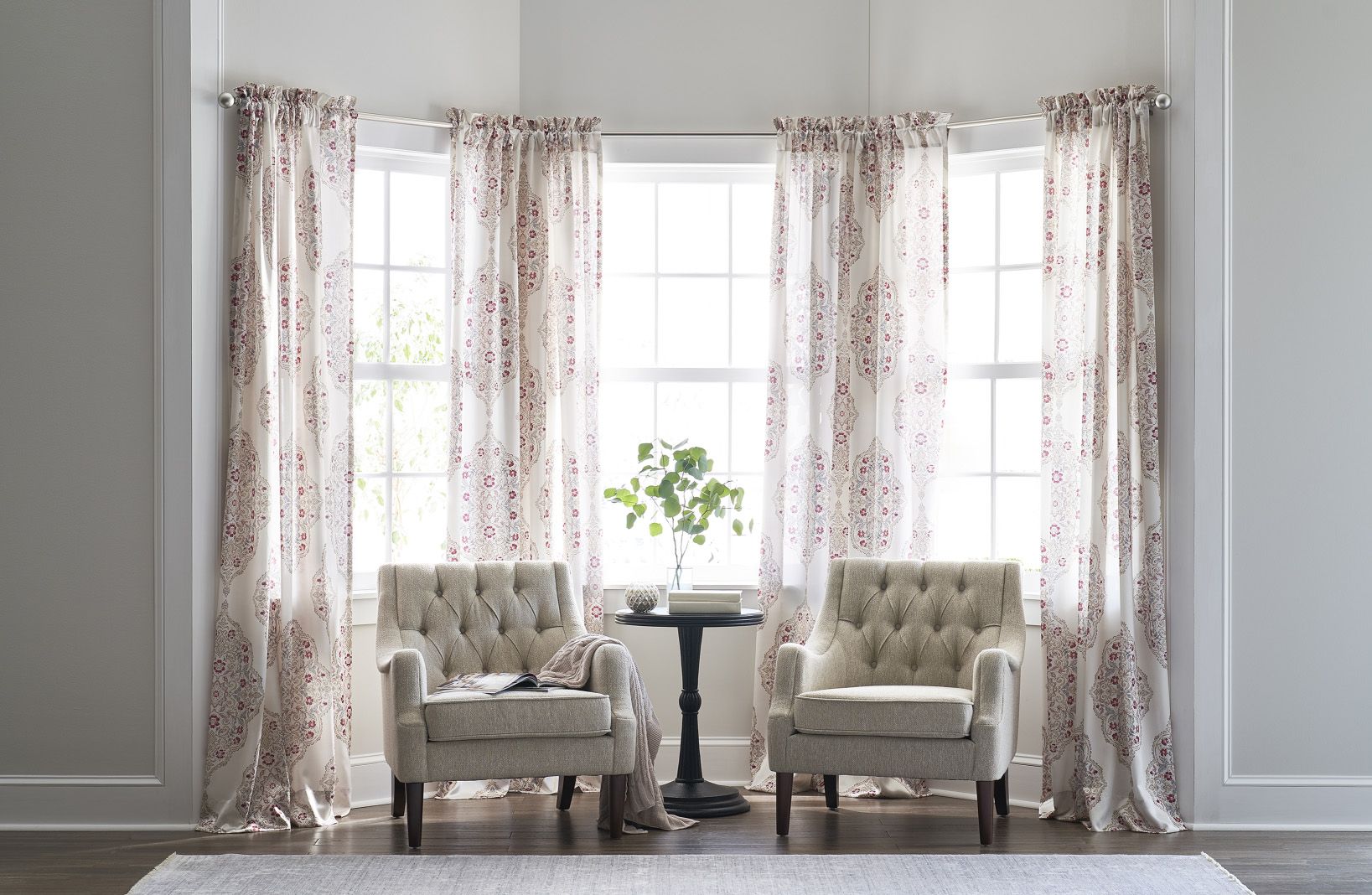
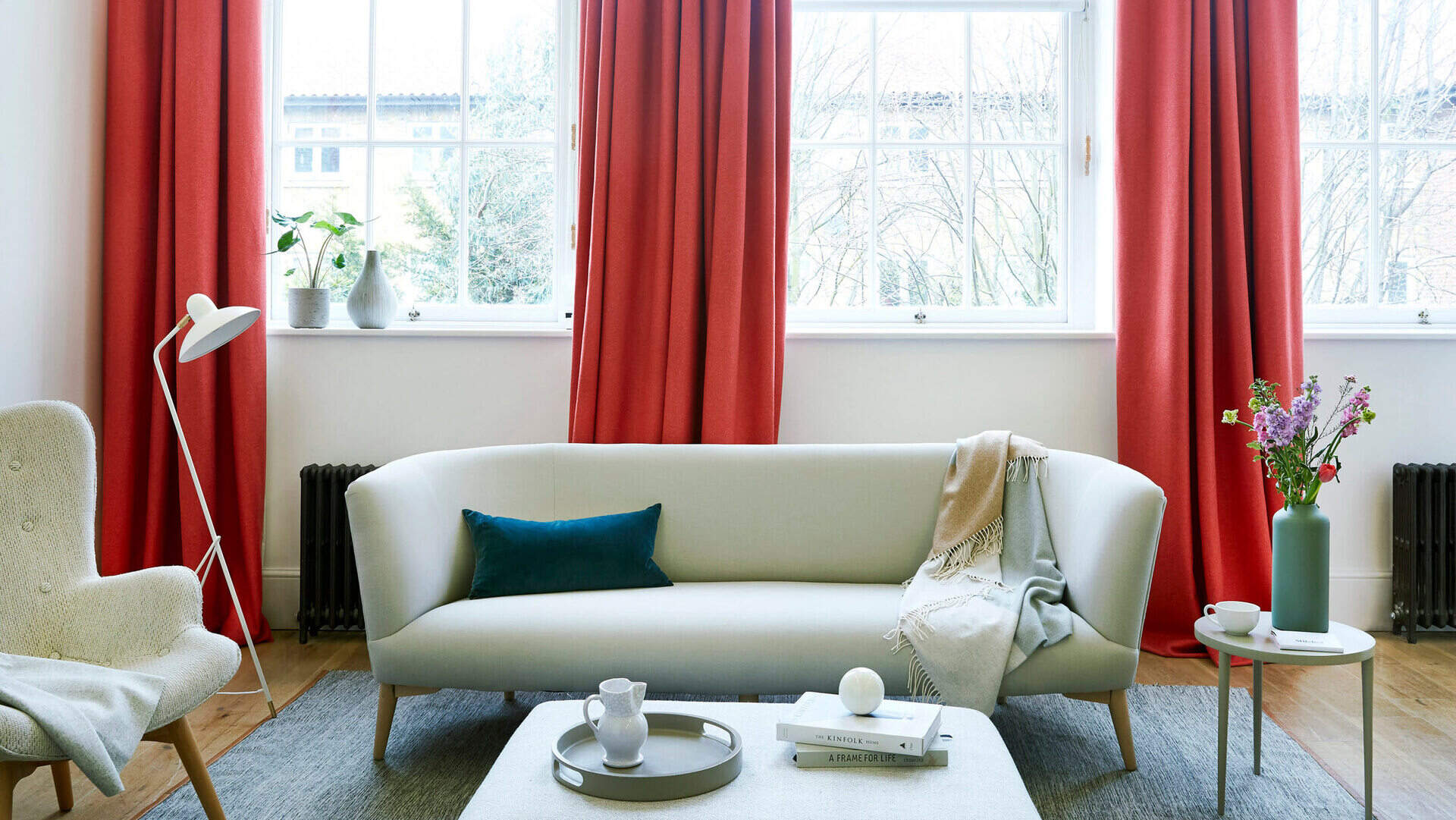
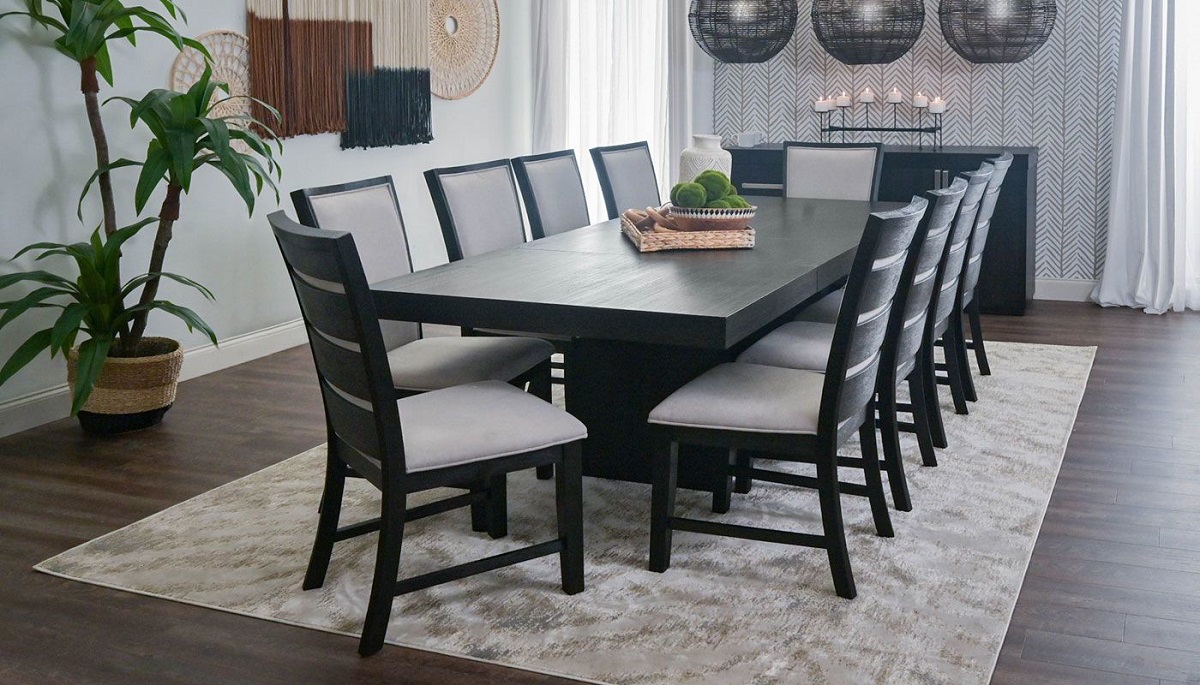
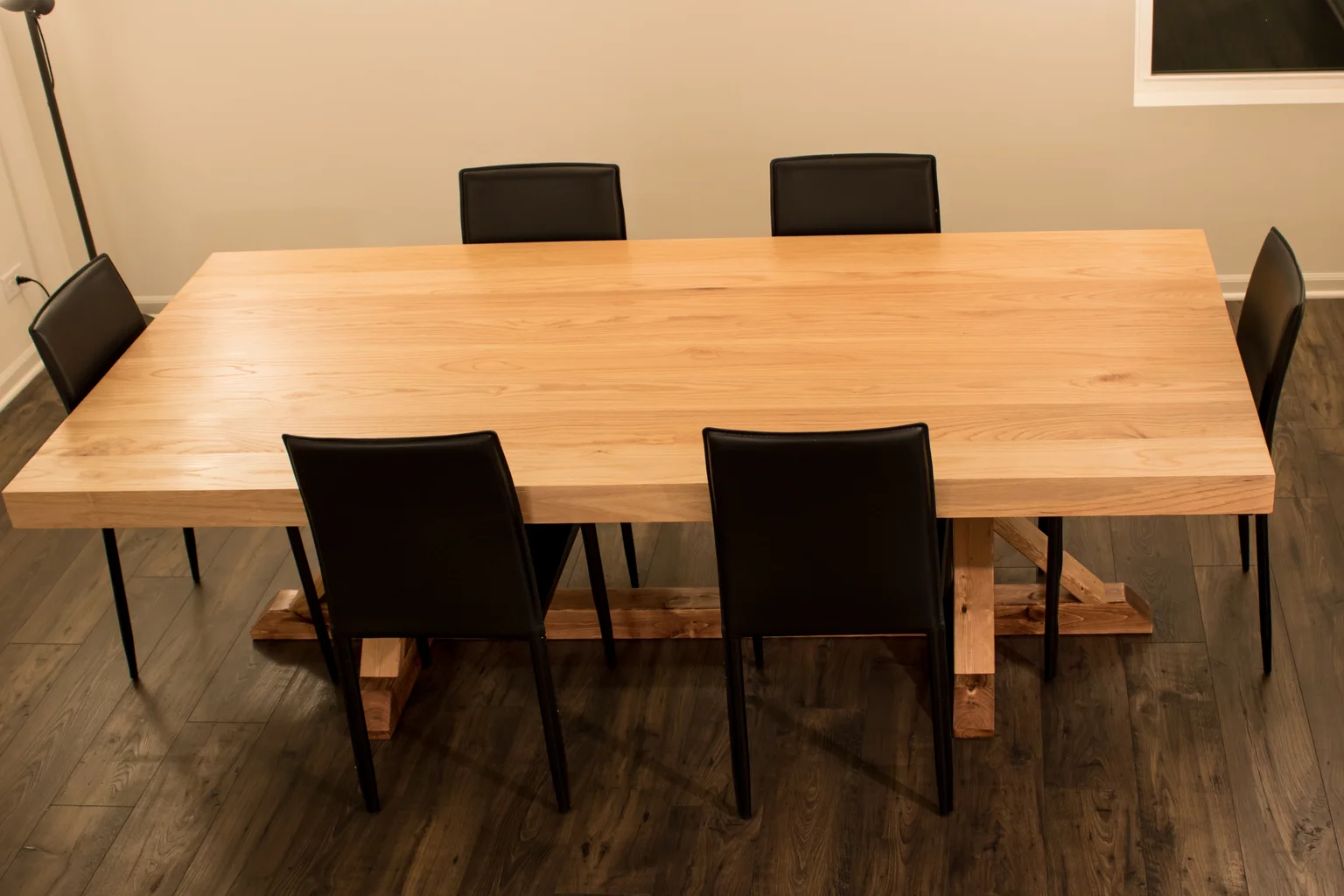
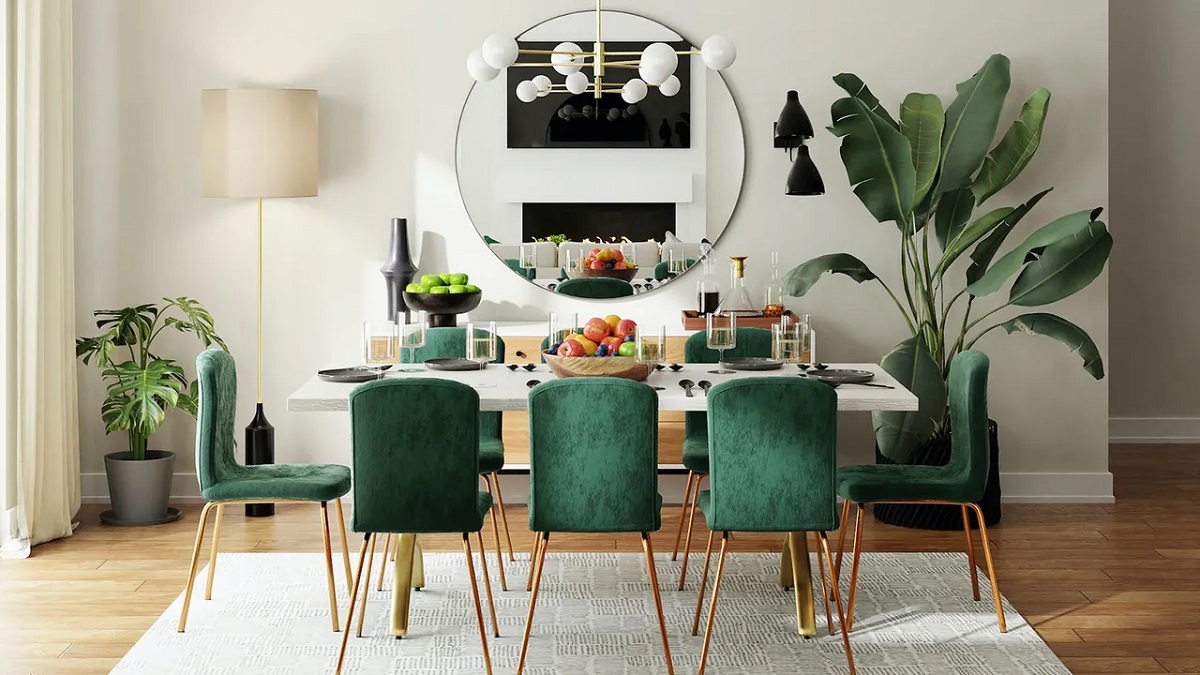
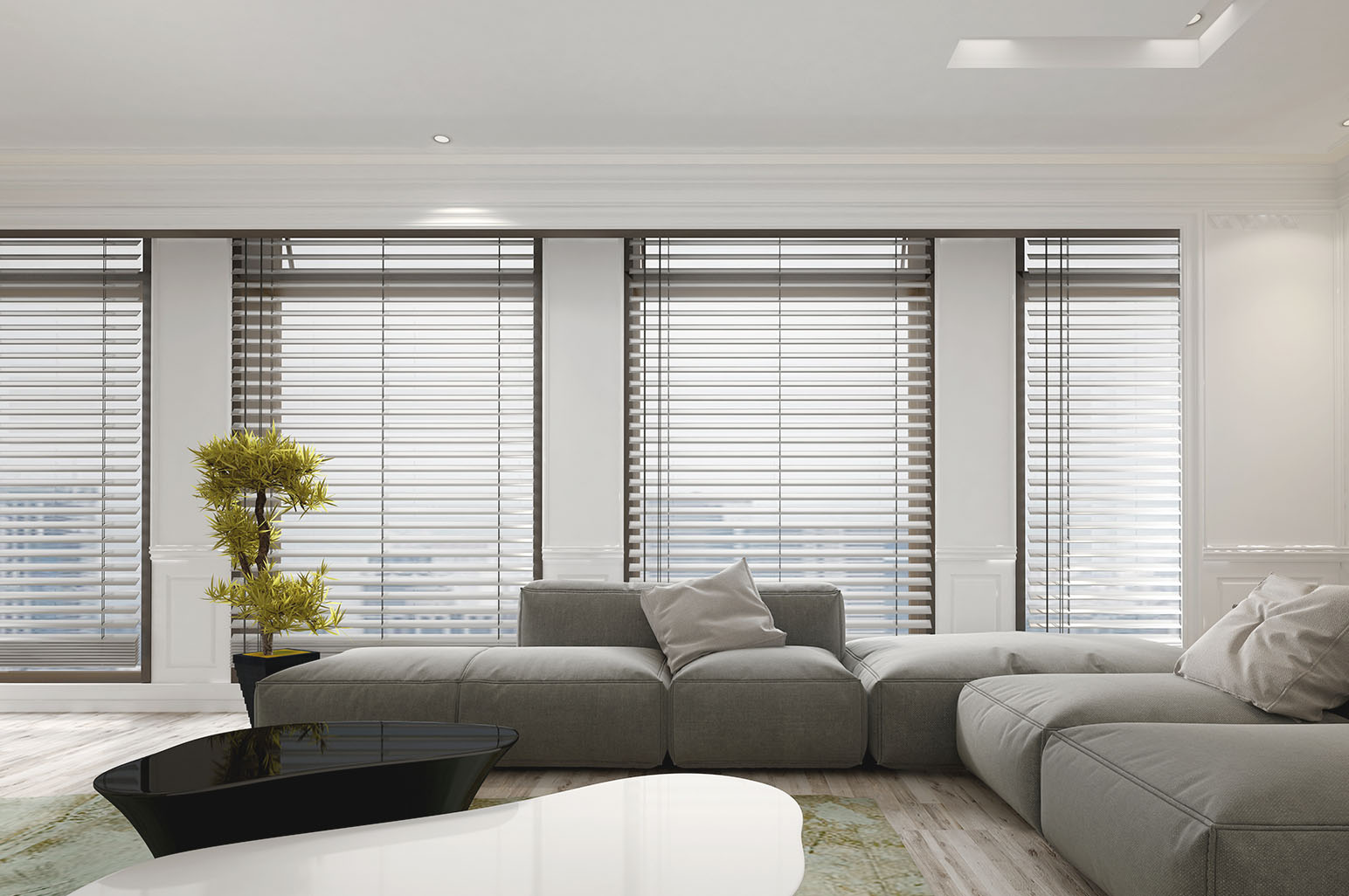
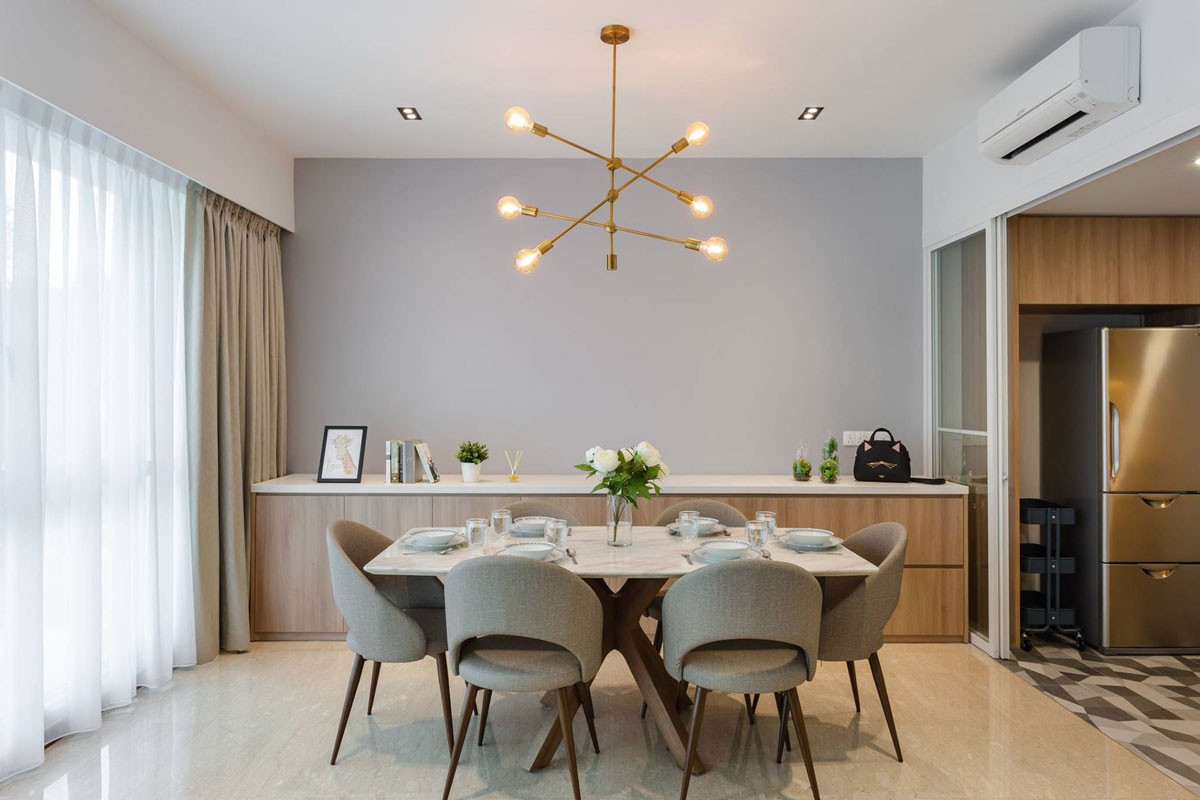
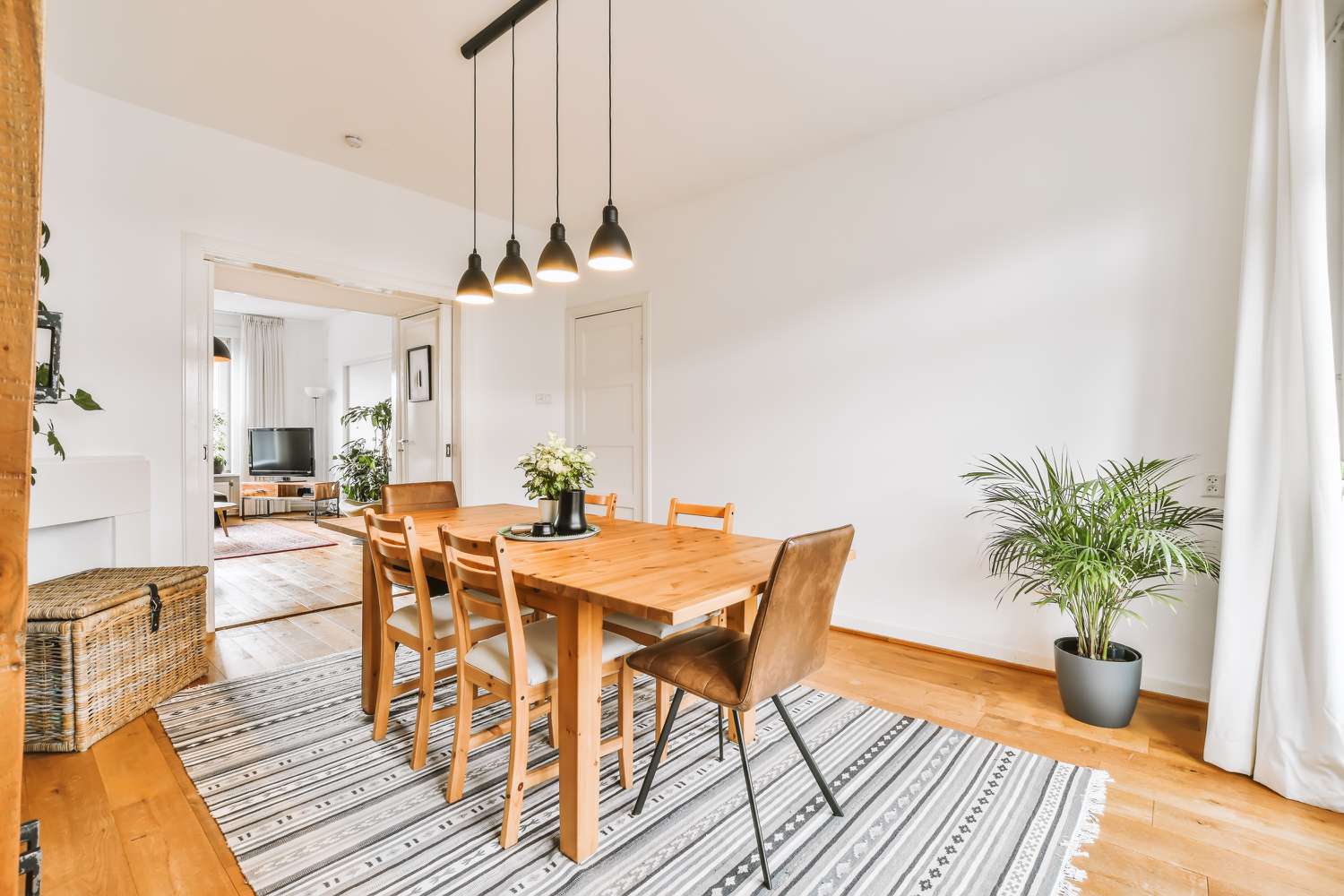

0 thoughts on “What Dining Table Should I Get?”